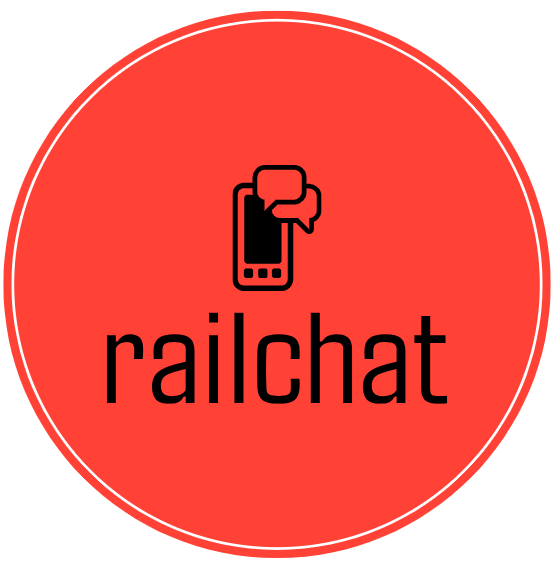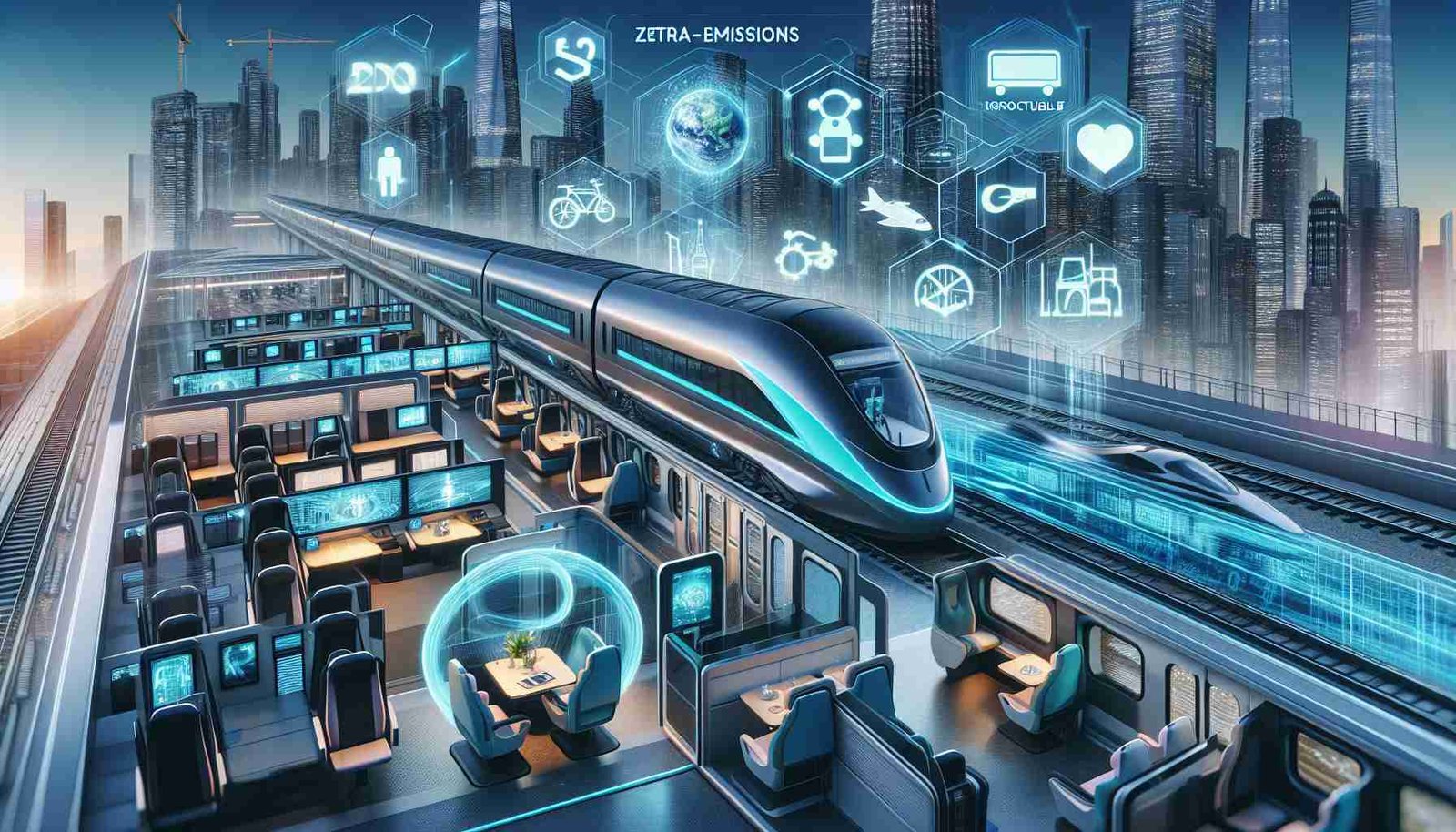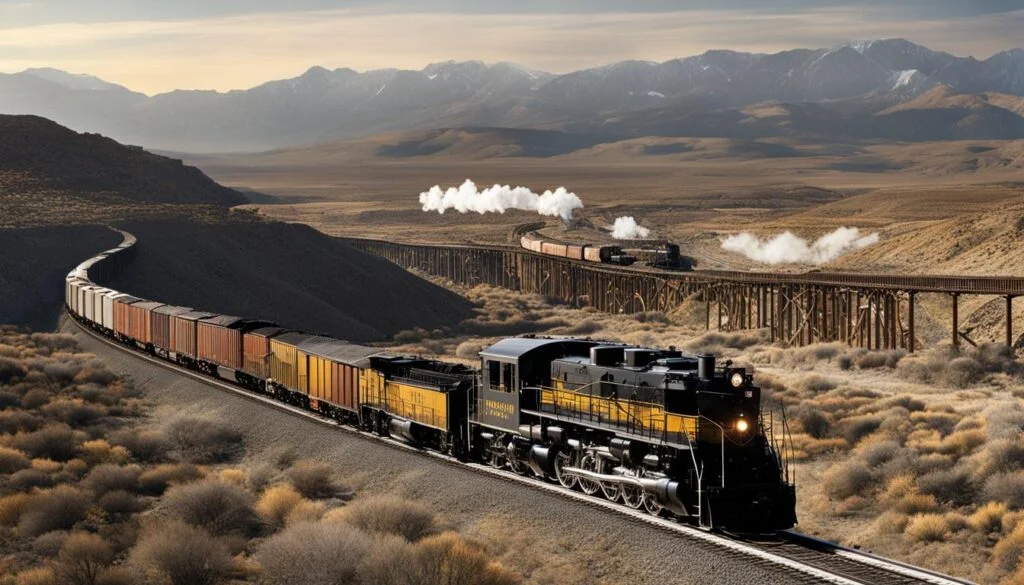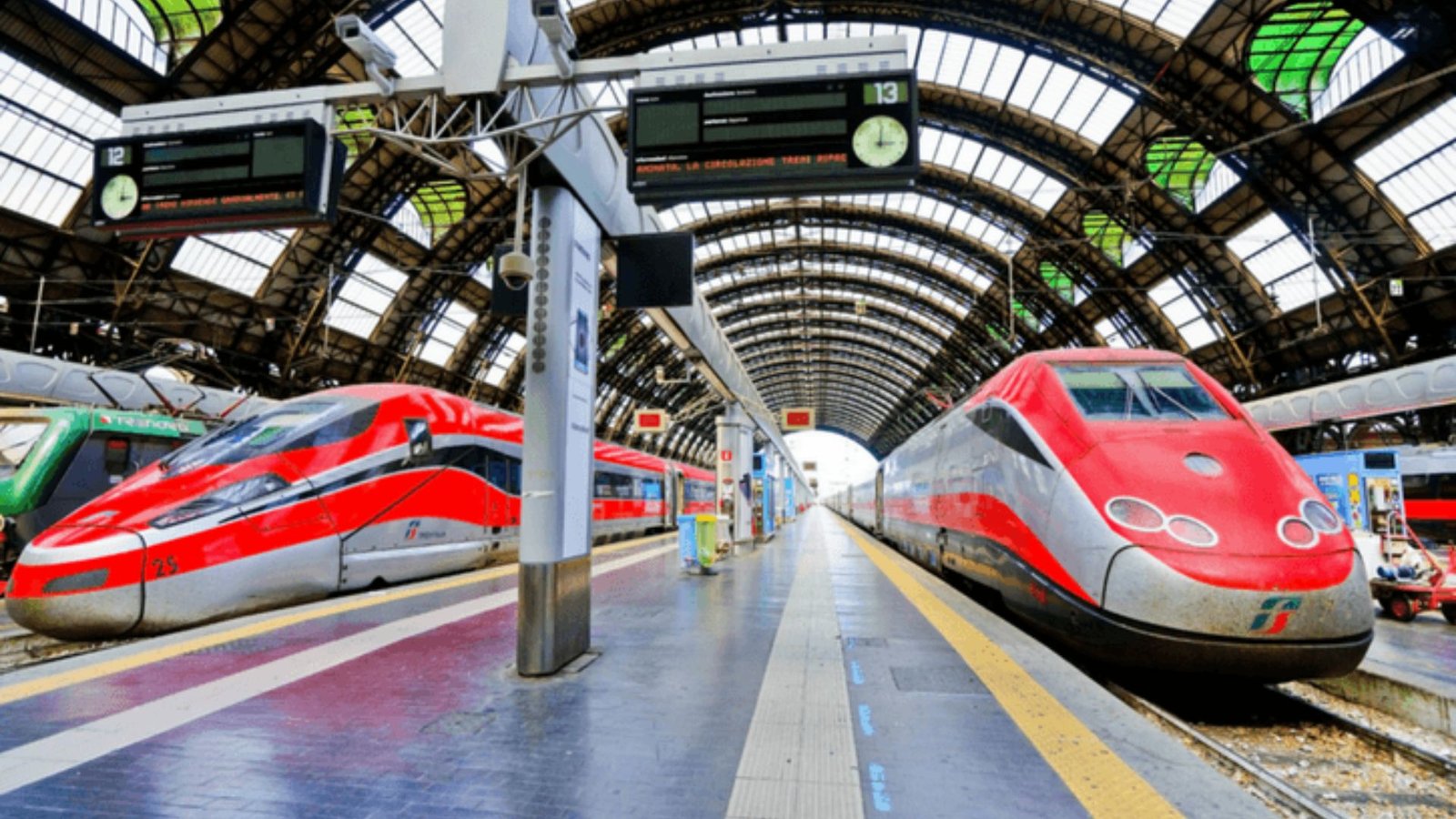The rail industry has long been a cornerstone of global transportation, and in 2024, it continues to evolve with remarkable innovations. From artificial intelligence to green energy solutions, rail infrastructure is adapting to meet the demands of modern society. These advancements not only enhance efficiency but also make rail systems more sustainable and accessible.
1. AI-Powered Rail Systems
Smart Train Management
AI is transforming rail operations by enabling predictive maintenance, real-time tracking, and automated scheduling. Advanced algorithms can analyze vast amounts of data to minimize delays and optimize train movements.
Benefits
- Reduced downtime through predictive maintenance.
- Improved safety with real-time monitoring of tracks and trains.
2. High-Speed Rail Expansion
High-speed rail projects are accelerating worldwide, with new routes being developed in Asia, Europe, and North America. These systems are integrating advanced materials and aerodynamic designs to achieve greater speeds and energy efficiency.
Highlights
- China’s continued expansion of maglev technology.
- Europe’s focus on cross-border high-speed connectivity.
3. Green Energy and Electrification
The shift toward sustainable energy sources is reshaping rail infrastructure. Rail networks are increasingly relying on renewable energy, such as solar and wind power, and transitioning from diesel to electric locomotives.
Innovations
- Solar-powered railways in India and Australia.
- Hydrogen-powered trains gaining traction in Germany and Japan.
4. Smart Stations and Urban Integration
Modern rail stations are evolving into smart hubs, seamlessly integrating with urban transportation systems. These hubs feature real-time passenger information systems, automated ticketing, and enhanced security measures.
Key Features
- Smart ticketing apps for contactless travel.
- Integration with bike-sharing and electric vehicle (EV) charging stations.
5. Advanced Track Technology
Rail tracks are being enhanced with new materials and designs to increase durability and reduce maintenance costs. Technologies like smart tracks equipped with sensors are helping monitor wear and tear in real-time.
Examples
- Self-healing concrete for track beds.
- Smart sensors to detect track defects and environmental changes.
6. Autonomous Rail Systems
Autonomous trains are no longer a concept but a reality in various parts of the world. Equipped with AI and machine learning, these trains offer unparalleled efficiency and safety.
Notable Projects
- Autonomous freight trains in Australia’s mining sector.
- Driverless metro systems expanding in urban centers like Singapore and Dubai.
7. Enhanced Freight Operations
Freight rail is embracing digital innovations to streamline operations. Technologies such as blockchain are being used for secure tracking and inventory management, while automation is speeding up cargo handling.
Improvements
- Real-time tracking of freight cars.
- Automated cargo handling at rail terminals.
8. Hyperloop: Rail’s Future Competitor
Although not a traditional rail system, Hyperloop technology is making waves as a potential game-changer for transportation. Combining magnetic levitation and vacuum tubes, Hyperloop promises ultra-fast travel with minimal environmental impact.
Progress in 2024
- Pilot projects underway in the UAE and the U.S.
- Potential integration with existing rail networks.
9. Enhanced Safety Measures
Rail safety is a top priority, and 2024 sees advancements in automated detection systems, collision avoidance technologies, and cybersecurity for digital rail networks.
Key Technologies
- AI-powered surveillance for onboard and station security.
- Automated emergency braking systems for high-speed trains.
10. Rail Infrastructure Funding and Partnerships
Governments and private entities are collaborating to fund massive rail projects. Public-private partnerships are driving innovation, while international cooperation is strengthening global rail connectivity.
Examples
- The European Union’s Green Rail Investment Program.
- Collaborative high-speed rail projects between China and Africa.
Connect with Rail Enthusiasts
RailChat.com is the ultimate online community for train lovers, model railroaders, and railway professionals. Share your passion, discuss news, and connect with fellow enthusiasts. For those with diverse online interests, you can explore information about online casino s.
The Future of Rail Infrastructure
The innovations in rail infrastructure in 2024 highlight the industry’s commitment to efficiency, sustainability, and technological integration. With AI, green energy, and automation leading the way, the railways of the future promise to be faster, safer, and more environmentally friendly than ever before.
Whether it’s high-speed rail expansion, autonomous trains, or Hyperloop developments, the transportation industry is on the cusp of a revolution—one that will redefine how people and goods move across the globe.




